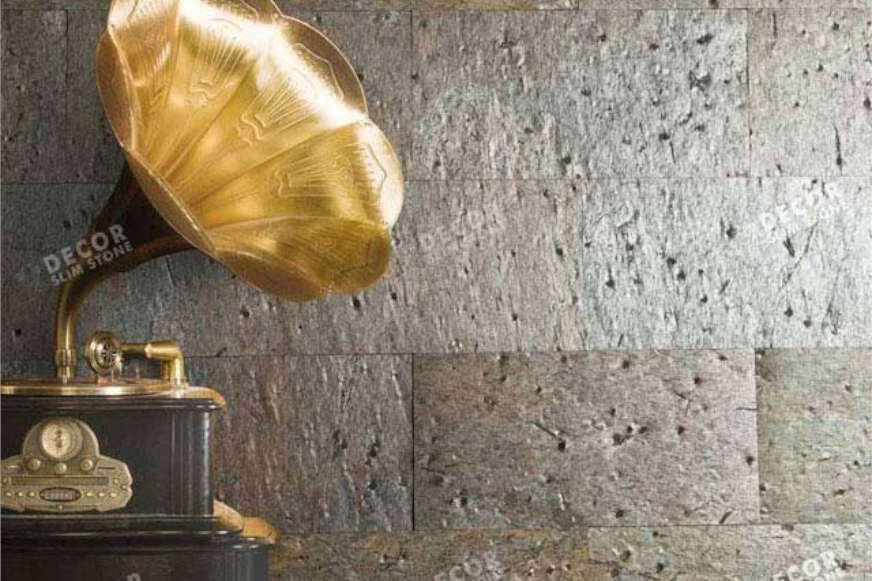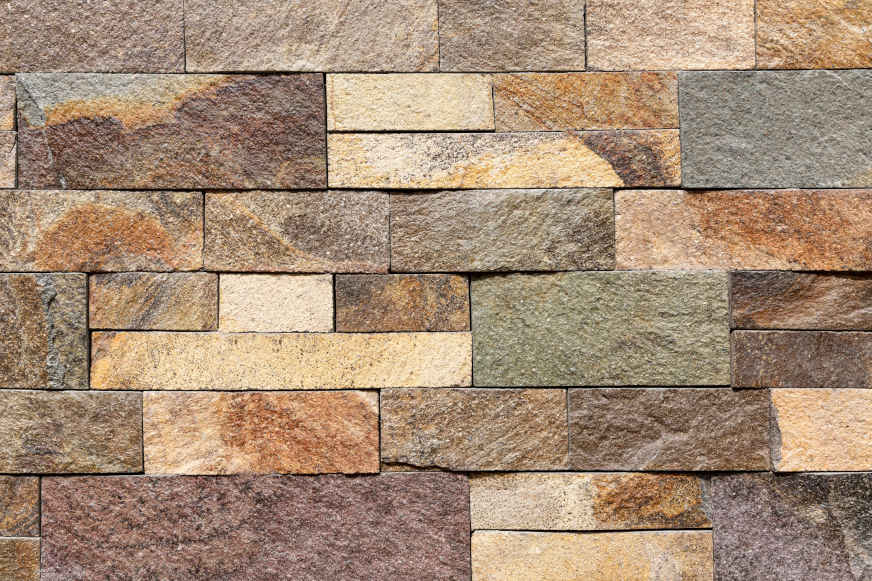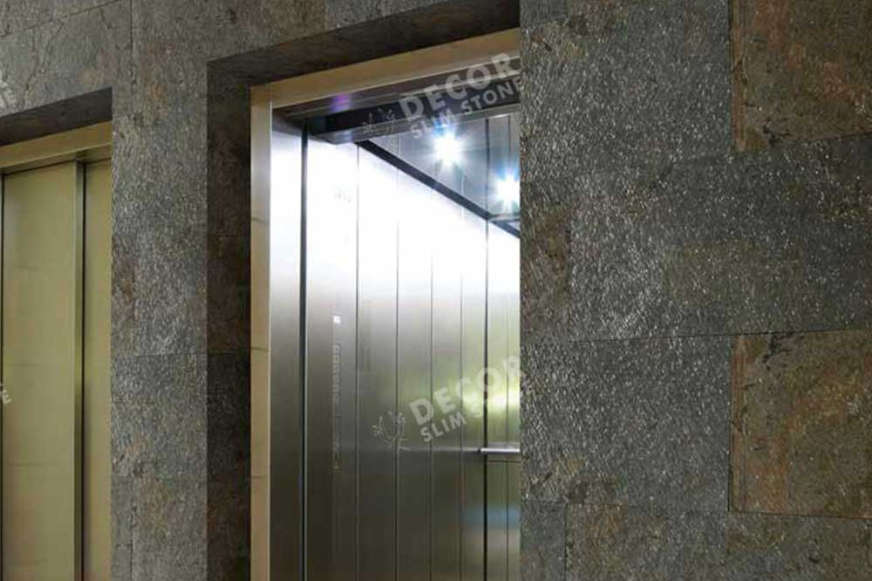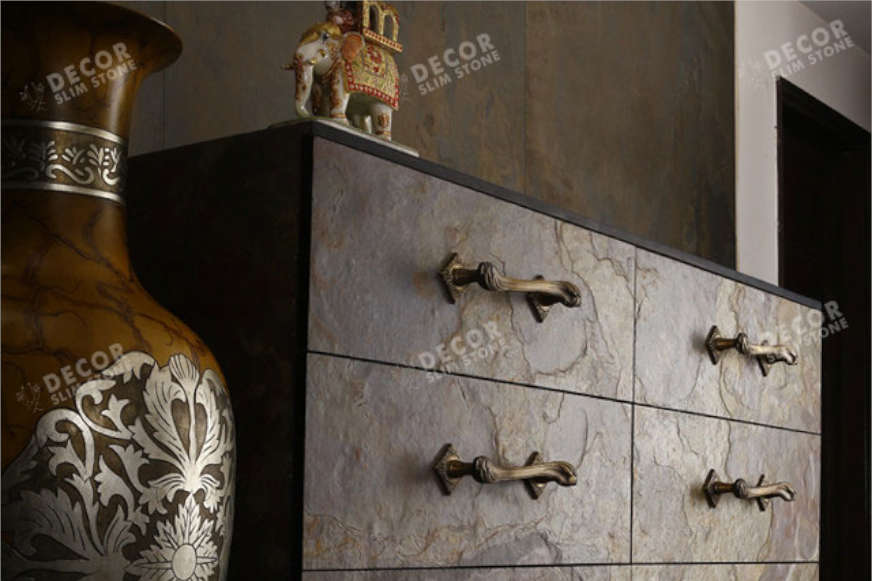When To Choose Stone Veneer Over Real Stone For Your Home Decor?
The veneer stone business is attempting to supplant genuine stone as the preferred masonry covering for home exterior cladding, fireplace surrounds, and other interior accents. More and more people are using this fascinating material into their interior design ideas in order to create stunning veneer stone or real stone displays on the walls of their homes or businesses. The craftsmanship is so high-quality, especially when you go with prominent thin stone veneer suppliers like us, that it's impossible for guests to identify the difference between veneer stone and real stone.
This article is for you if you are a new homeowner who is undertaking interior design and is having trouble picking which stone product to buy and install for your home cladding, fireplace, wainscot, and other architectural elements.
What is Stone Veneer?

Stone veneer, also known as Veneer Stone or Manufactured Stone, is a type of artificial stone that is designed to resemble natural stone. This product is a stone-like slurry of Portland cement, aggregates, and iron oxides baked in textured molds. The product is stabilized by cement, while the colours are provided by iron oxides.
Stone veneers are lightweight, easy to cut, and easy to manufacture, making them a cost-effective alternative to real stone. Thin stone veneers can be a great addition to your home interiors and as leading thin stone veneer suppliers, we have a great selection of colors and patterns to go with your home style.
Real stone or Natural stone

Natural stone used in construction is 100% stone, mined directly from the earth, with nothing added or removed, and also no color additions. Natural stone can be completely natural or carved into the desired shape. Custom-cut real stones are generally utilized in construction, as wall sheets or flooring tiles.
Real stones are durable but difficult to procure. Though they are stain resistant, they are heavy and dense, making it difficult to cut them into desired shape and size.
Applications Of Real Stone And Stone Veneer In Home Designing And Construction

Real stones were traditionally utilized for foundations, floors, and walls. However, they are becoming increasingly difficult to come by, causing people to turn to stone veneers, which have a poorer structural integrity. As a result, they're more commonly utilized for interior wall decorations than for heavy-duty applications such as flooring or construction. Consult with you thin stone veneer supplier to choose the best finish and texture to suit your decoration needs.
So, how does one choose between Real stone and stone veneers? Here are some tips to keep in mind –
Size, Weight And Thickness
Real stones are known for their naturally vibrant colors and grooves but are relatively very heavy compared to stone veneer. Real stones are quarried and cut using a wet tile saw to give you stones of ¾ inch to 1 ¾ inch thickness. Thin stone veneers typically come in thickness of 1-2 inches.
The stone face size on real stone can go up to 18 inches while thin stone veneers come in around 14 inches’ diameter.
However, the key virtue is the weight of both the options. Real stone is way heavier than thin stone veneers, making them difficult to cut and shape in to desired shape. Here at Decor Slimstone, the leading thin stone veneer suppliers, the veneers are easily customized to the client’s requirements.
Finish And Color Themes
Natural stones come in such robust color themes and they rarely repeat. The color never fades or runs and it gives a naturally pleasing appearance to the space.
The hue of thin stone veneers might fade over time. The patterns and color combinations are monotonous, and the area lacks character. However, choosing high-quality supplies from reputable thin stone veneer suppliers like us can ensure that you obtain the greatest thin stone veneers with distinctive patterns and finishes for your home interiors.
Stone Veneer Installation
The key distinctions between manufactured veneer stone and real stone in terms of installation are weight and density. Where its thickness, weight, and size are suitably supported, real stone is installed, although the bigger and bulkier form makes it more difficult to install in tiny areas. An architect or other professional should assess your property to ensure that it is the appropriate use for your external architecture. This heavier stone installation necessitates a good foundation or ledge, as well as possibly additional flooring reinforcement.
Even though it is porous and lightweight, thin stone veneer is significantly easier to handle and cut than real stone. Interior and exterior applications of thin stone veneer are both versatile. It may be used as wallpaper since, unlike solid rock, it does not require any structural support. It is even suited for do-it-yourself installation than natural stone. It is not, however, to be utilized as a structural product. Styling experts at Decor Slimstone, famed thin stone veneer suppliers, can help you in finding the best thin stone veneer for your space and understanding the installation process.
Stone Durability
Because of the sheer mass of real stone, it can withstand the natural elements on its own. You just have to ensure that it is installed properly so that moisture does not enter the stone or its mortar joints. Even after bearing years of winds, rain, and heat, it will not easily chip or shatter. The thicker size is generally resistant to damage caused by temperature fluctuations induced by changing seasons.
Thin stone veneers do survive a long time, and with rightly installed thin ledger panels, you can even use them outdoors. However, when using them outdoors, one must consider the climatic conditions of the region. Heavy heat exposure or rains can damage the joints causing frequent chipping and breakage. However, with the proper moisture barriers, thin stone veneers is still an excellent alternative for an external makeover.
Points to think over before you go:
Stone veneer installation has numerous advantages for house design, including a stunning appearance, detailed texture, and exceptional durability. Depending on your design needs and budget, you can pick between actual stone and thin stone veneer, but the thinner stone veneer provides additional choice in terms of application and installation that full stone does not.
Thin stone veneers are inexpensive and widely accessible. Its lightweight form facilitates installation in more ways than one. While they are a bit pricier than real stone, you can save money on shipping and labor expenses because they are easier to lift and handle. They can also be cut and installed more quickly putting less physical strain on the installer.
Decor Slimstone have decades of experience in India and are the most sought out thin stone veneer suppliers across the country. Call us or message us on Whatsapp to find the best cost-effective and practical solution for your home interior thin stone veneer needs.



